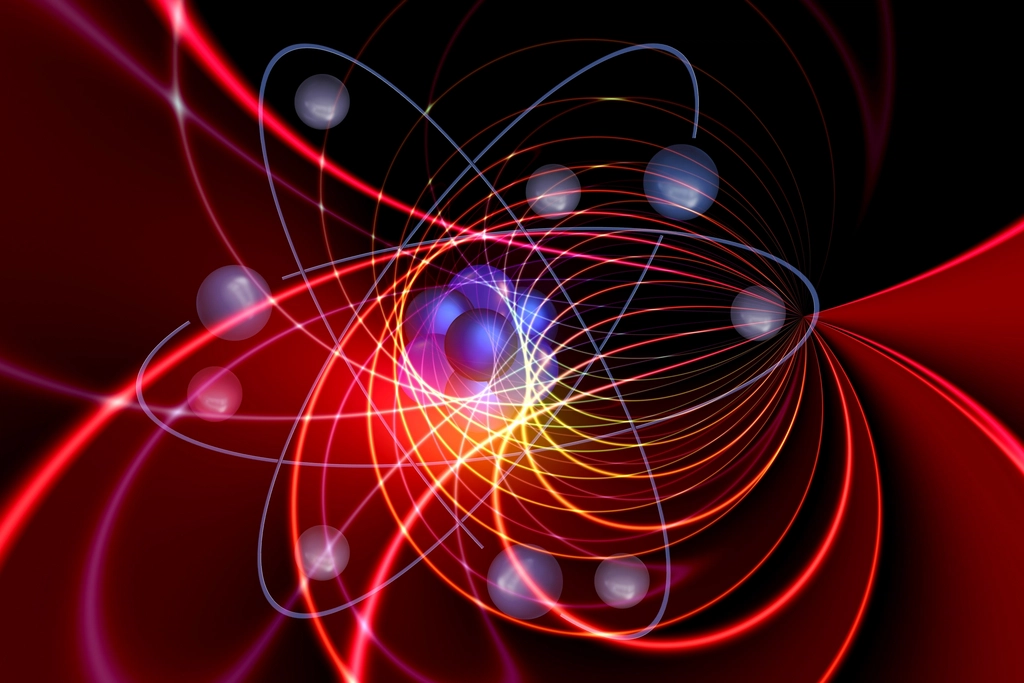Researchers from the University of Toronto led by Daniela Angulo, have only just discovered what can be described as the most impressive phenomenon to date within quantum physics: photons, the elementary particles of light, can travel with negative transit times while passing through a cloud of ultracold atoms. That means that seemingly, they come out before entering the medium.
A study, yet to be peer-reviewed, was posted on the preprint server arXiv.org on September 5. Physicist Aephraim Steinberg of the University of Toronto discussed the implications of the experiment’s results: “It’s showing with some probability amplitudes, that photons can affect atomic states in ways you don’t expect.”
This study dates back to 2017 when Steinberg, joined by then-doctoral student Josiah Sinclair, began researching atomic excitation. Atomic excitation is a process in which the photons interact with the atoms and excite the electrons into greater energy levels. As the electrons fall back to their ground state, their energy is emitted through reemitted photons, creating a time lag in the speed of light as observed traveling through the material.
The time delay was to be measured, and whether or not it depended on the mode through which photons interacted with the atomic cloud was also a question. They found it paradoxically almost because some of the photons would still pass through entirely unscathed by interaction yet leave the rubidium atoms excited. It was also that, when photons were absorbed, they seemingly reemitted shortly before the atoms returned to their ground state.
This behavior was an enigma for the team, which helped them join forces with theoretical physicist Howard Wiseman from Griffith University in Australia to come up with a theoretical framework explaining their findings. Even when seemingly reemitted by the atoms before completely returning to their original states, the researchers found that the time photons spent exciting the atoms actually matched the group delay expected.
Of course, the idea of negative time is quite nonsensical at first, but it shows the sense that quantum mechanics is probabilistic. Photons do not have such a thing as an individual transit time; their action falls into a class of possibilities that occasionally can have a negative appearance for the time taken. This might give an indication that the absorption and emission of photons cannot be linear.
The verification experiment carried out by Angulo demonstrated exactly the same finding: namely, that two kinds of interaction exist between photons and atoms: either they entirely avoid the atoms or elevate the energy level of one atom and then emit it. At that stage, they discovered that the velocity of motion of photons in the medium was higher when the atoms were excited than when the atoms were unperturbed.
This does not disagree with the principle that nothing can move faster than the speed of light; still, this holds important implications when it comes to the interpretation of time in the quantum world. According to Sinclair, even a supposed quantum clock measuring atomic excitation time might, in some circumstances, even see backward motion – this just adds to the nonsense of quantum particles in action.
This seminal work not only enriches our understanding of quantum mechanics but also forces scientists to reconsider the implications of group delay in optics. There are more surprises in quantum physics yet to come, further underlining the complexity and richness of the quantum world.
Disclaimer: we are not originators of this Discovery. we just gather information from different sources.
To Read More: Technology

